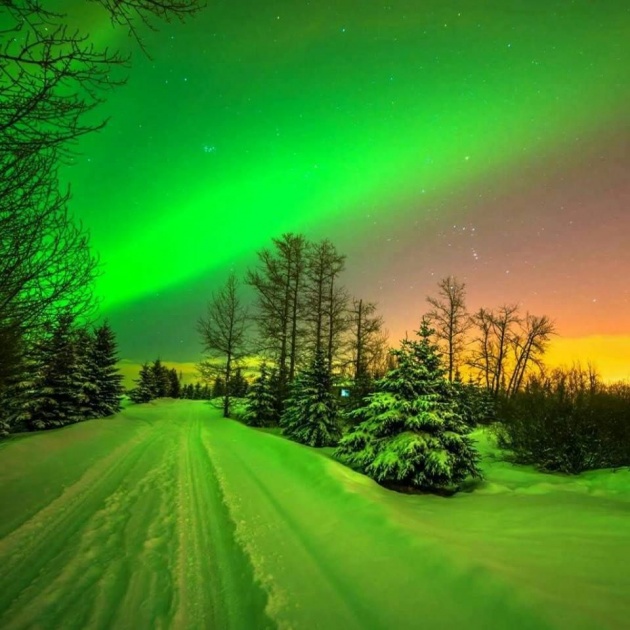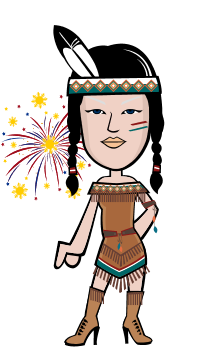The other night I found in my Facebook homepage a picture of a northern light and some comments about them. I've read and seen pictures about these before, but now it got my attention once again and I decided to look more into it and write about them.
The Northern Lights or Aurora Borealis
The northern lights or Aurora Borealis is definitely one of the most amazing things one could ever see in one’s lifetime. Just looking at their pictures is enough to take one’s breath away.
Photo credit: Facebook account of "Amazing Things in the World"
The northern light or Aurora Borealis is definitely one of the most amazing things one could ever see in one’s lifetime.
What are the Northern Lights? Why are they called Aurora Borealis or Northern Lights?
Watching the videos, I would say they are some very spectacular shows of beautiful, magnificent and fantastic colorful dancing lights in the sky above us.
The most common color of the Aurora is fluorescent green; sometimes there are orange and purple, and some shades of red, pink, blue and yellow. These different colors are caused by gases in the air, mainly a mixture of oxygen and nitrogen.
Video Credit: YouTube
Aurora is a Latin word that means “sunrise”; and borealis is the Greek word for “north wind”. It is sometimes called “Aurora”, in short. They mostly occur only in the northern hemisphere of the earth, hence, they are called the "northern lights".
What are they? Google describes them this way: The Northern Lights are actually the result of collisions between gaseous particles in the Earth's atmosphere with charged particles released from the sun's atmosphere. Variations in colour are due to the type of gas particles that are colliding.
These are natural atmospheric phenomenon of great spectacle; a magnificent display of great bright dancing lights with various colors seen in the great span of sky above us.
The Northern Lights are actually the result of collisions between gaseous particles in the Earth's atmosphere with charged particles released from the sun's atmosphere. Variations in colour are due to the type of gas particles that are colliding.
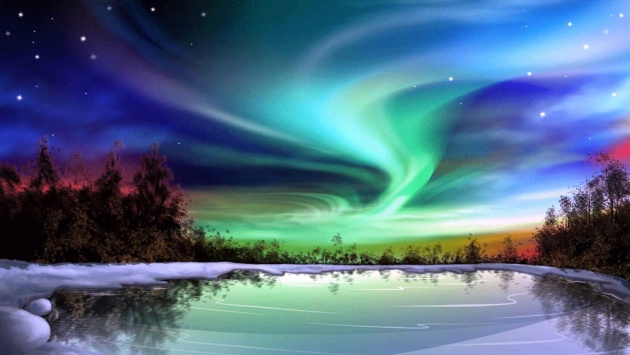
Photo credit: www.google.com.ph
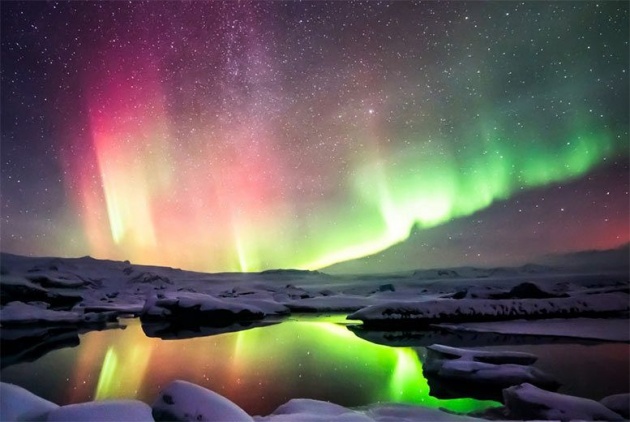
Photo credit: www.google.com.ph
Where and when can we see the Northern Lights?
These are not seen though in all the places on earth.
They are seen mostly above the magnetic poles of the northern and southern hemispheres.
They are a glowing, flickering display of colors most commonly seen in cold weather in the northern hemisphere of the earth, like in Iceland. Occasionally, these lights can also be seen in some parts of the southern hemisphere, such as in Australia, and this is called the “southern lights”, or "Aurora Australis”, as well as in the western hemisphere also, but it is very rare.
Video Credit: YouTube
According to googles, the best place to see them is in areas that are not subject to 'light pollution', meaning in places where there are no other lights present, like artificial lights, where the surrounding is very dark . Areas in the north, in smaller communities, tend to be best.
They are easily seen in the countries in the northern hemisphere, in Alaska, Canada, Greenland, Iceland, Norway, Sweden, Finland and Northern Russia; sometimes in Australia.
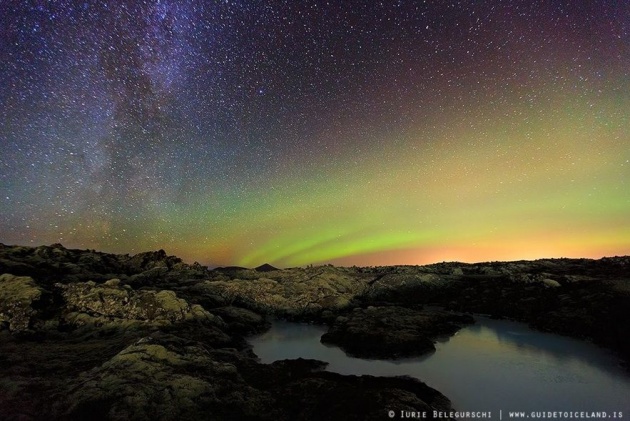
Photo credit: www.google.com.ph
These northern lights are amazing naturally occurring phenomenon and one of the wonders of the world. They are easily seen in the countries in the northern hemisphere, in Alaska, Canada, Greenland, Iceland, Norway, Sweden, Finland and Northern Russia; and occasionally in places near these places, like Australia.
Although these lights are seen mostly from September to April in Iceland, this phenomenon happens all the year around without being seen by the naked eyes. It is better seen in a clear night, when there is no moon, the sky is very dark, the weather is very cold, anytime between dusk and dawn.
What is the best time to watch the Aurora?
Like the weather, aurora occurrence can also be forecast because they have a pattern and happen in certain conditions: very dark nights, very cold weather, and whenever there are “geomagnetic storms”, a time when the aurora is brighter and the zone is bigger and wider, and this can easily be seen in places in the lower altitudes on the earth's surface.
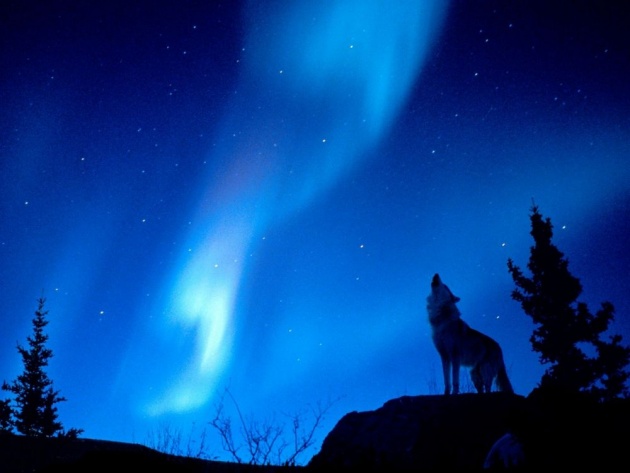
Photo credit: www.google.com.ph
It is better seen in a clear night, when there is no moon, the sky is very dark, the weather is very cold, anytime between dusk and dawn.
The researchers have discovered that the aurora peaks every 11 years. The last peak was in 2013. It will again peak in 2024.
Wintertime in the northern countries, like in Alaska, where there are long periods of darkness and there are more clear nights, are good opportunities to watch for these auroras. You can see them best in the midst of night.
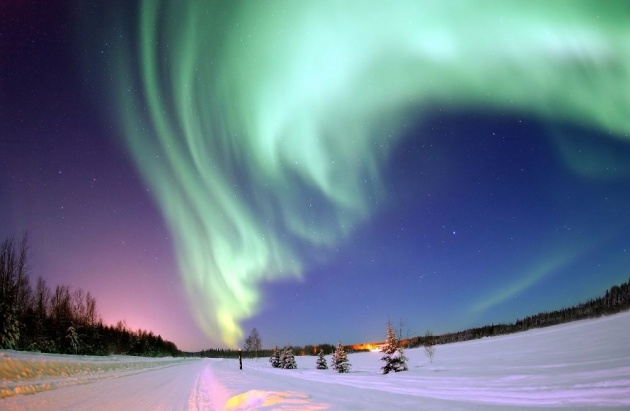
Photo credit: www.pixabay.com
Wintertime in the northern countries, like in Alaska, where there are long periods of darkness and there are more clear nights, are good opportunities to watch for these auroras. You can see them best in the midst of night.
The researchers have discovered that the aurora peaks every 11 years. The last peak was in 2013. It will again peak in 2024.
What causes these Northern Lights to happen?
Googles offers this explanation, and I quote it: The bright dancing lights of the aurora are actually collisions between electrically charged particles from the sun that enter the earth's atmosphere. The lights are seen above the magnetic poles of the northern and southern hemispheres.
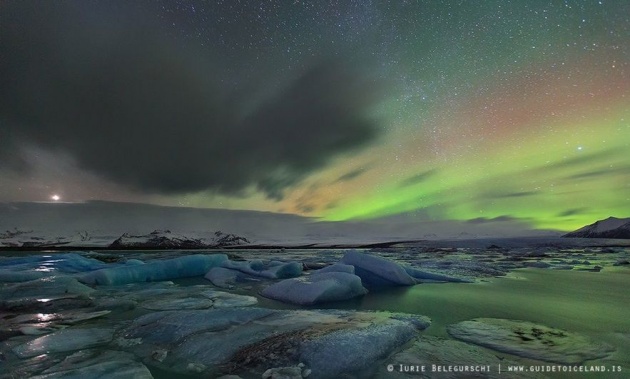
Photo credit: www.google.com.ph
Some comments from people who had seen these lights
To make us know more and really appreciate the beauty of these northern lights I am borrowing the comments I found on the articles where I read about these Aurora Borealis.
Here are the comments of the people who had personally seen these northern lights:
1. “I lived in Keflavik, Iceland as a child and it's a dream of mine to see the Aurora Borealis again. In fact, I've talked it up so much that my hubby and kids want to see Iceland and the Aurora Borealis, as well. … the atmospheric phenomena is truly magical (Disneyland has nothing over it). … “
2. “Going hiking or camping in the highlands can offer other picture perfect places to see the Northern lights. You're far away from any city lights and the silence of being so far away from civilization makes it a more intimate experience.”
3. “Once we had a historically cold winter in 1995/6 - so cold that moisture froze two inches thick on the inside of the barn when it was full of cows. It's never happened before or since. Anyway, I was walking to the house after finishing up in the barn one night and saw sheet lightening across the sky. And it was green. I watched it flash for a couple of minutes, then realized what I was seeing was the Northern lights in southern Pennsylvania. They were certainly beautiful; however, if I have to go through a winter like that to see them again, I'll pass.”
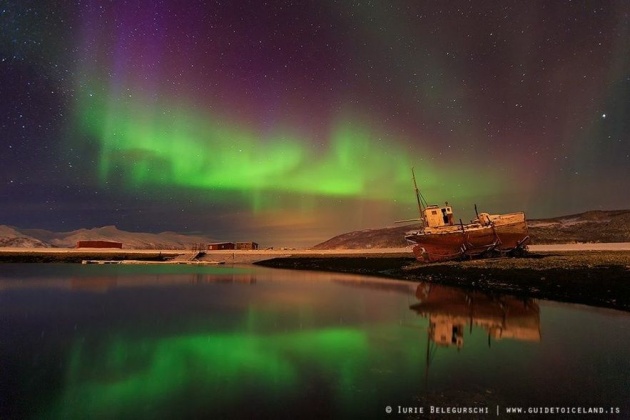
Photo credit: www.google.com.ph
4. “I lived in Northern Alberta for several years and was treated to them all the time.”
5. “I lived In Alaska for 20 years I seen them a lot; they were beautiful.”
6. “ (I saw it) here in Oklahoma! Just a green ribbon on the horizon one night, but wow.....”
7. You can see the Northern lights in Iceland as early as August, as soon as the night skies get dark enough and weather conditions are favorable. It helps if it's cool and crisp outside, and a small moon helps make them easier to spot.
8. “You can see them as late as April, and from any corner of Iceland, anytime between dusk and dawn, and seeing the Northern lights concurrently with a sunrise or sunset is one of the most spectacular sights you'll ever see in your life.”
9. Since the nights are longer in the North of the country and in the Westfjords (Iceland), it's fun to hunt for the Northern lights there. Sitting on a rocking dock somewhere in an old harbour is also cosy, and Borgarnes has one you can drive your car onto and sit and wait inside while little fishing boats float beside you - a good trick if it's cold or stormy outside.
10. Going hiking or camping in the highlands can offer other picture perfect places to see the Northern lights. You're far away from any city lights and the silence of being so far away from civilization makes it a more intimate experience.
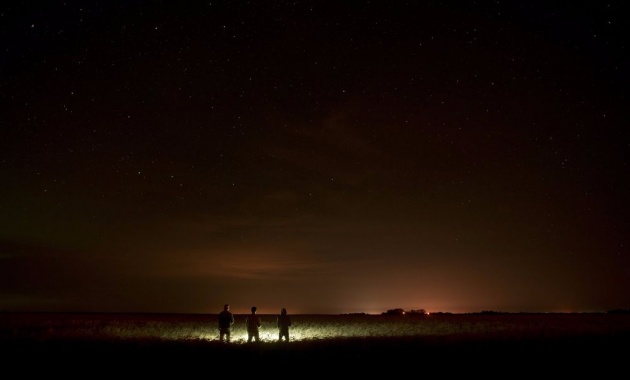
Photo credit: www.pixabay.com
“Going hiking or camping in the highlands can offer other picture perfect places to see the Northern lights. You're far away from any city lights and the silence of being so far away from civilization makes it a more intimate experience.”
So this is all about the northern lights or Aurora Borealis. I live near the equator, far from the north hemisphere; therefore, we have no chance here to witness this wonderful and most spectacular atmospheric phenomenon.
I could only stand amazed at this beautiful earth created by God that is full of amazing things and occurrences for us to see and enjoy, and the Aurora Borealis is definitely one of them.
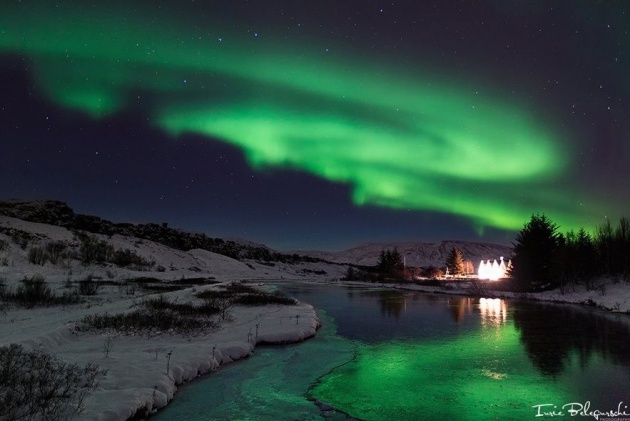
Photo credit: www.google.com.ph
If ever you may have the opportunity to be in one of the places in the Northern hemisphere, especially in Alaska and Iceland, don't miss the chance to see them personally and experience some "wow" moments.

